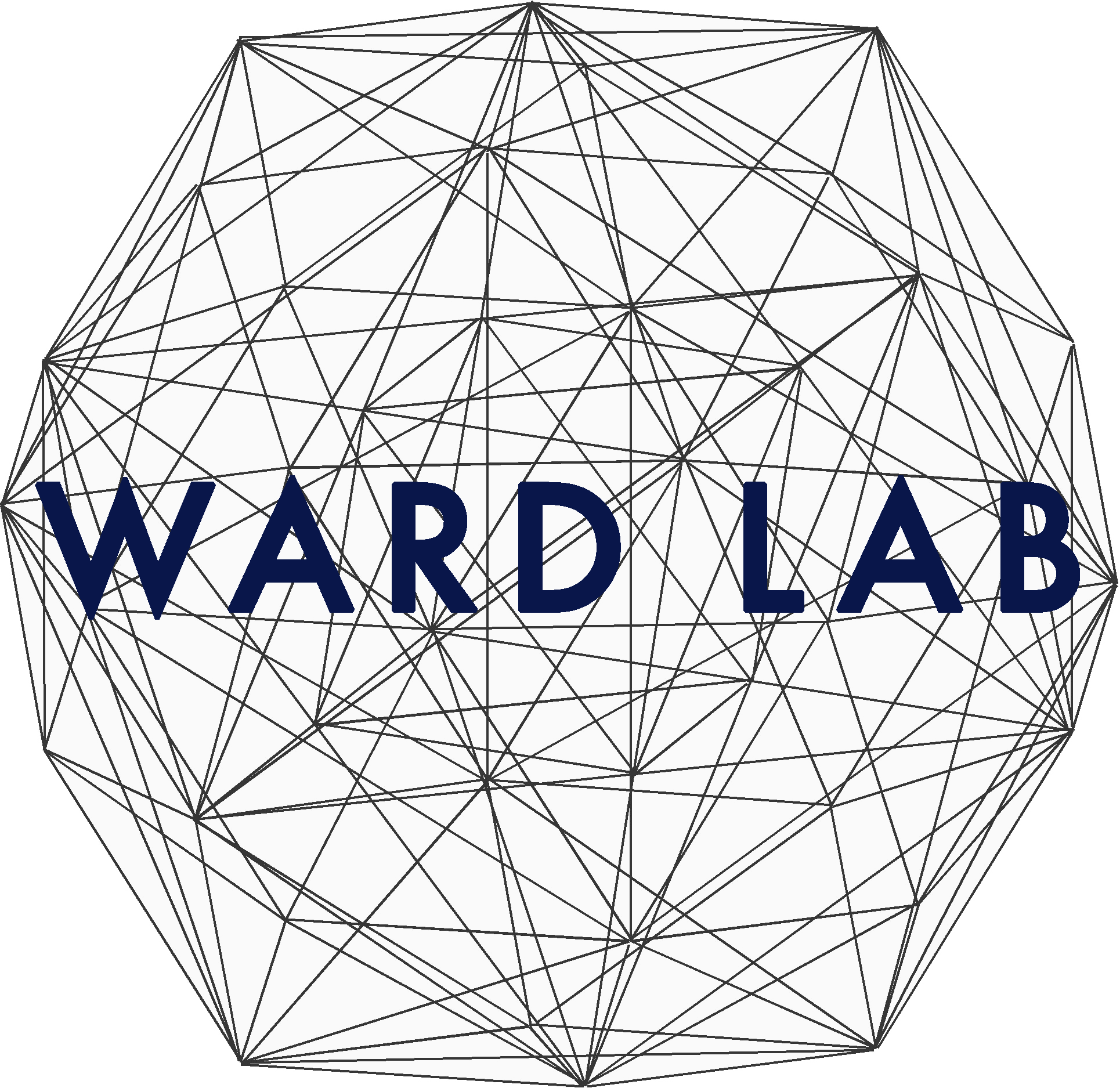Impurities and intentionally introduced additives can exert significant influence on crystal growth, and they can play a critical role in crystallization processes. Additives can inhibit growth by binding to the edge of advancing steps. So-called “stopper” mechanisms, described by Cabrera-Vermilyea and Bliznakov, are regarded as the most effective mode of inhibition. Growth inhibition kinetic data, however, often do not fit these models, prompting the use of various corrections and numerical simulations. In this perspective, we briefly describe approaches to more accurate modeling of kinetic data that reveal the limits of accurate and quantitative agreement with the aforementioned models. Kinetic data for crystal growth on the {0001} faces of L-cystine single crystals in the presence of the dimethylester of L-cystine, a proven growth inhibitor described as a “molecular imposter” or “tailor-made additive,” is simulated using a numerical model that incorporates chaotic distribution of stoppers over the crystal surface. A related analysis is included for potassium dihydrogen phosphate.
Back to All Events
Earlier Event: April 5
X-ray Structural Confirmation of Conformationally Biased Ketones
Later Event: April 5
Crystallography of Contemporary Contact Insecticides
